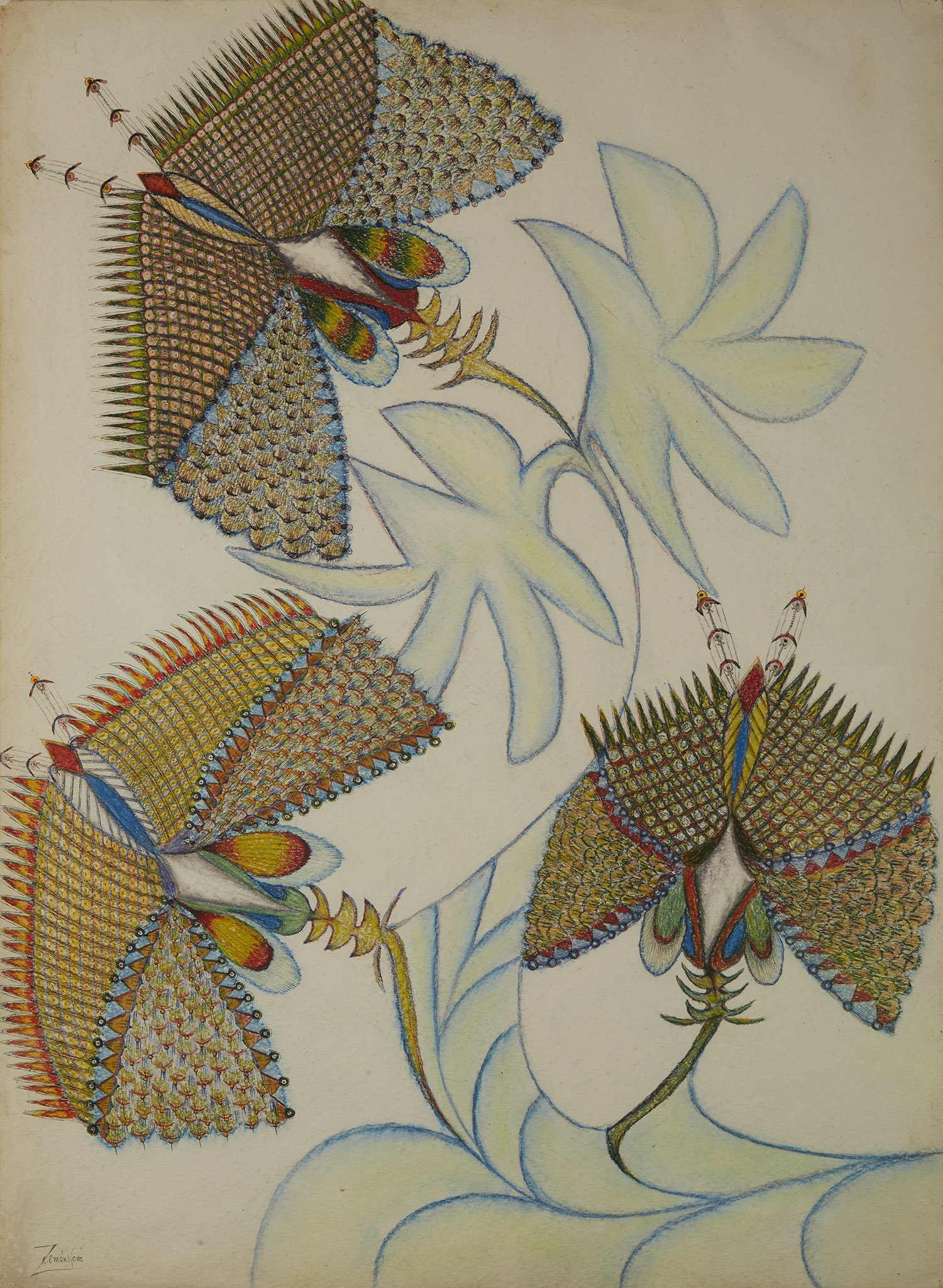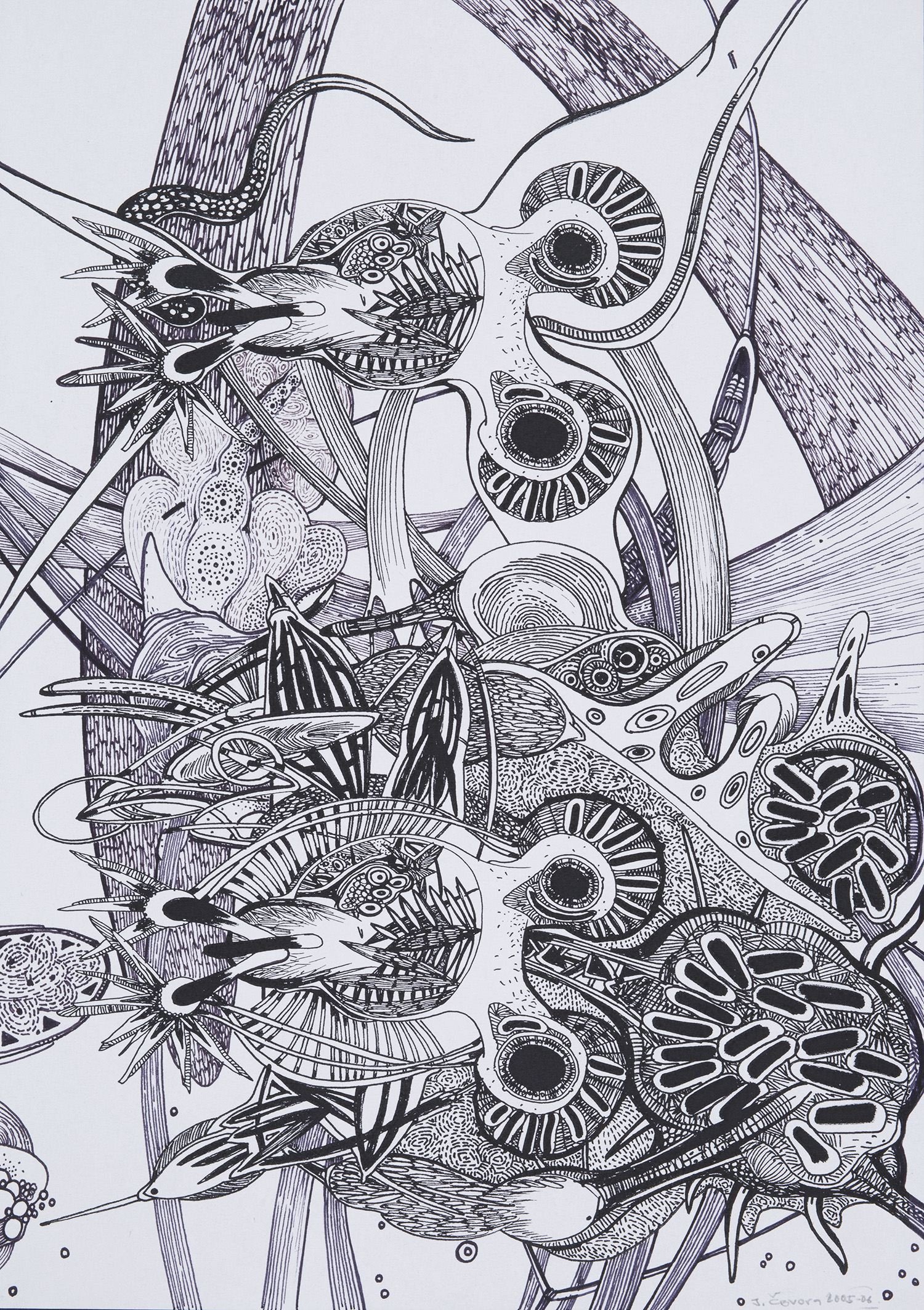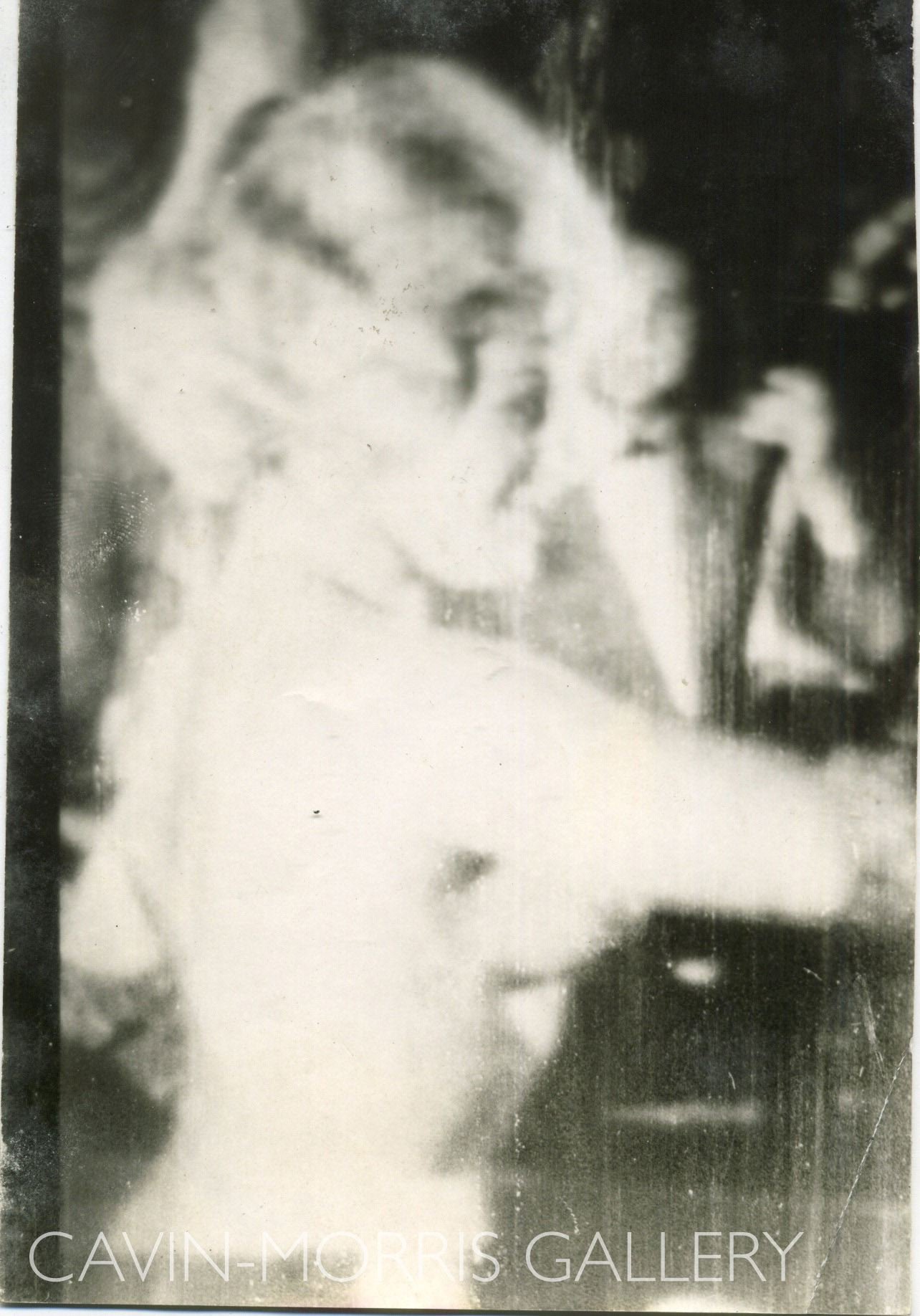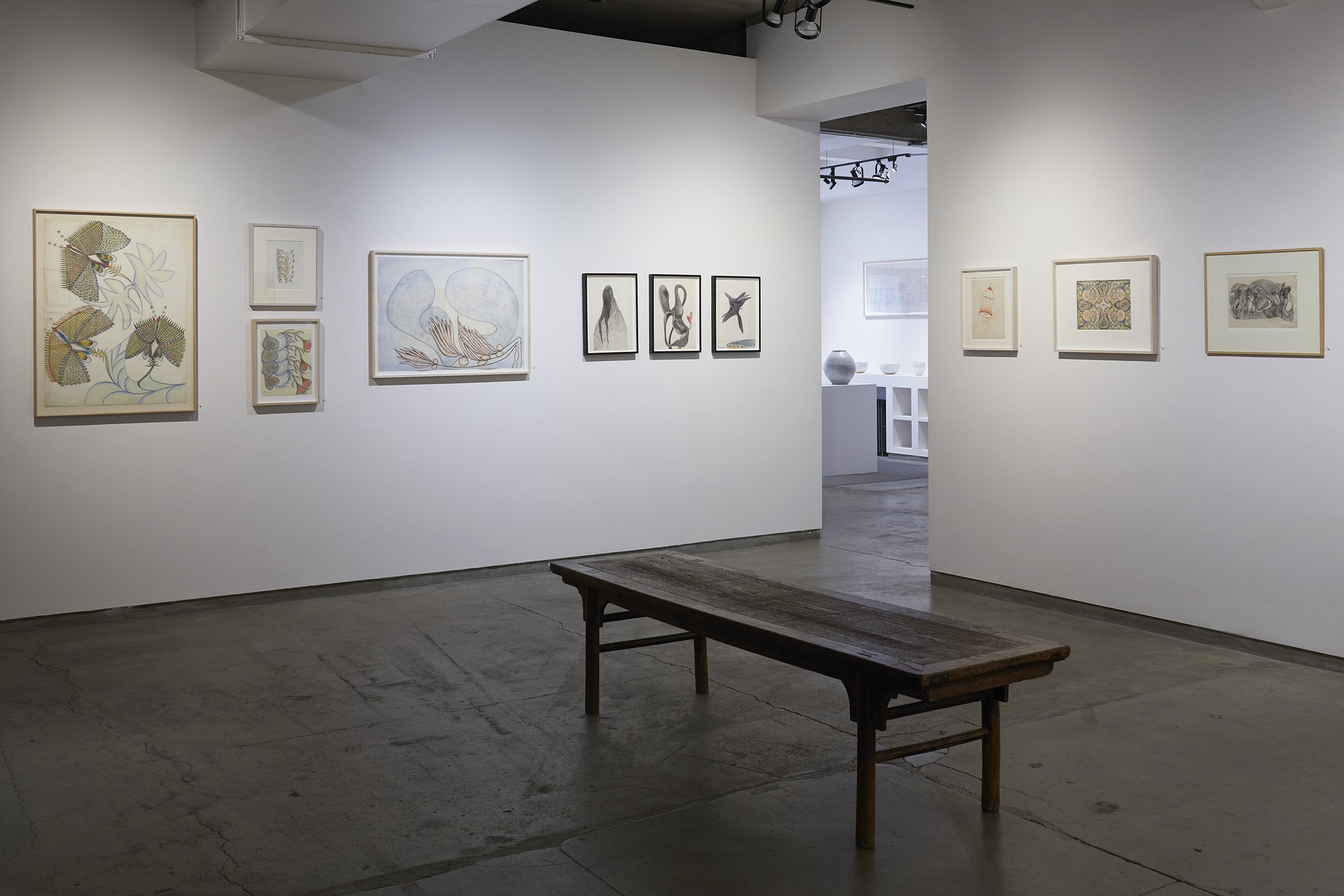
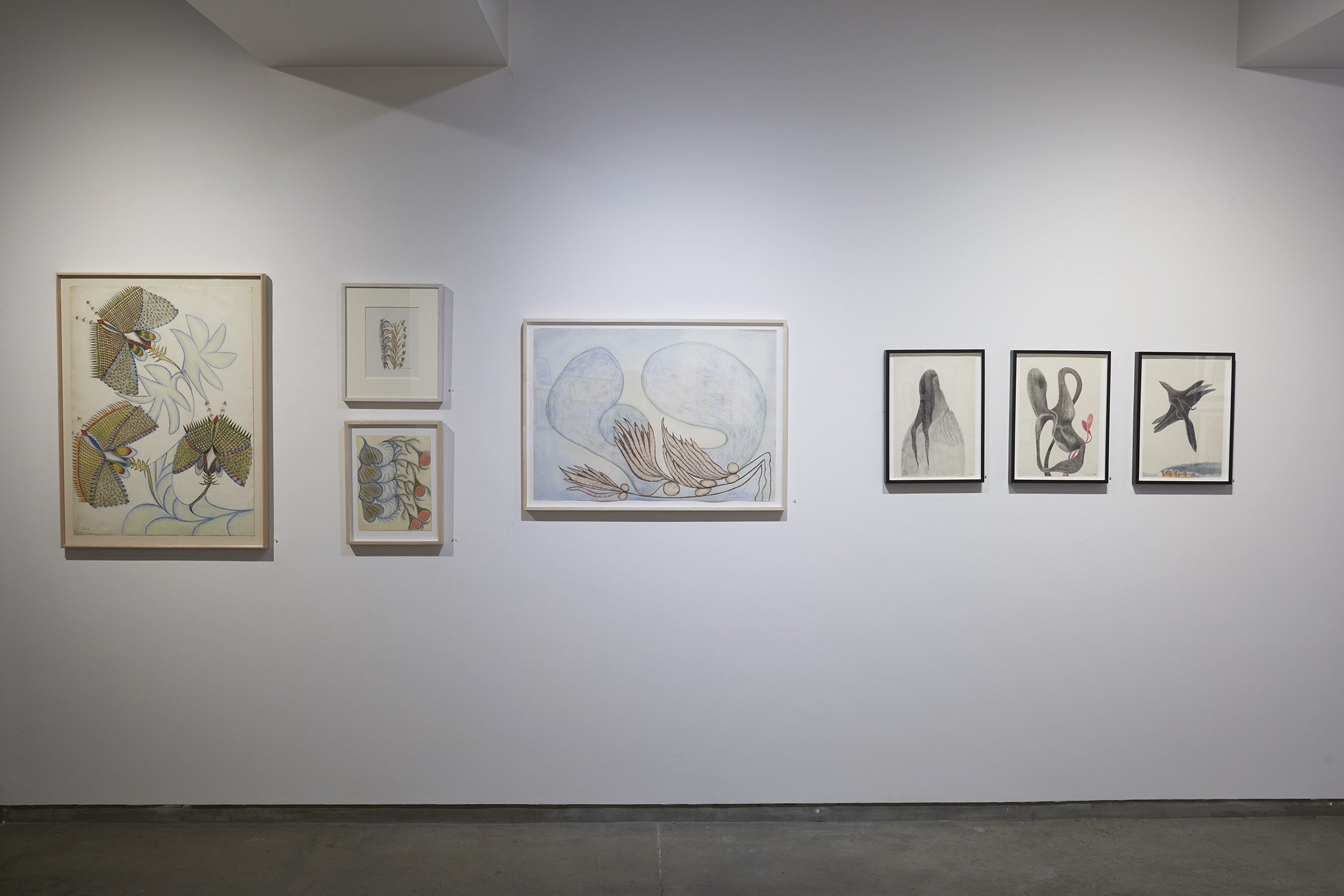
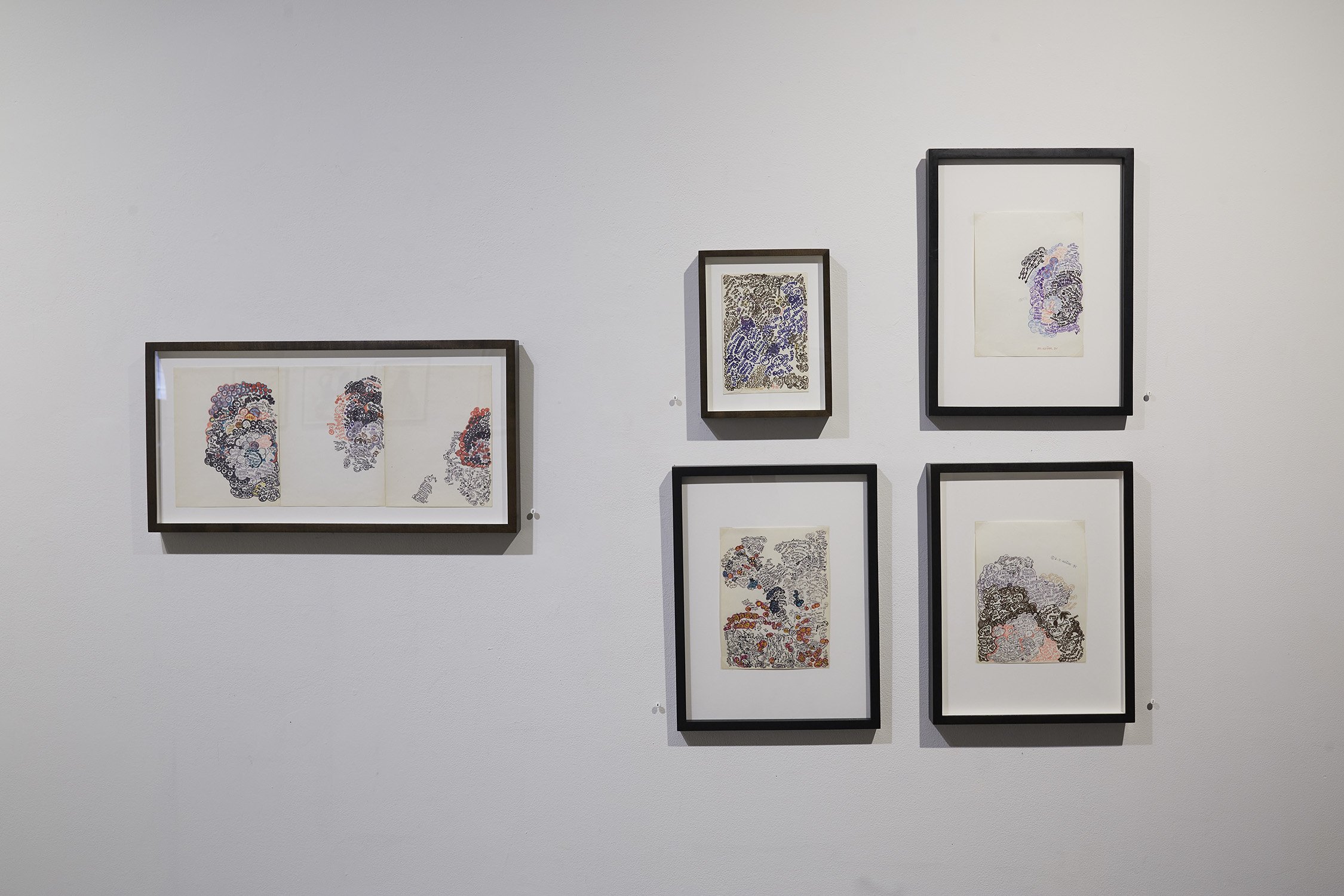
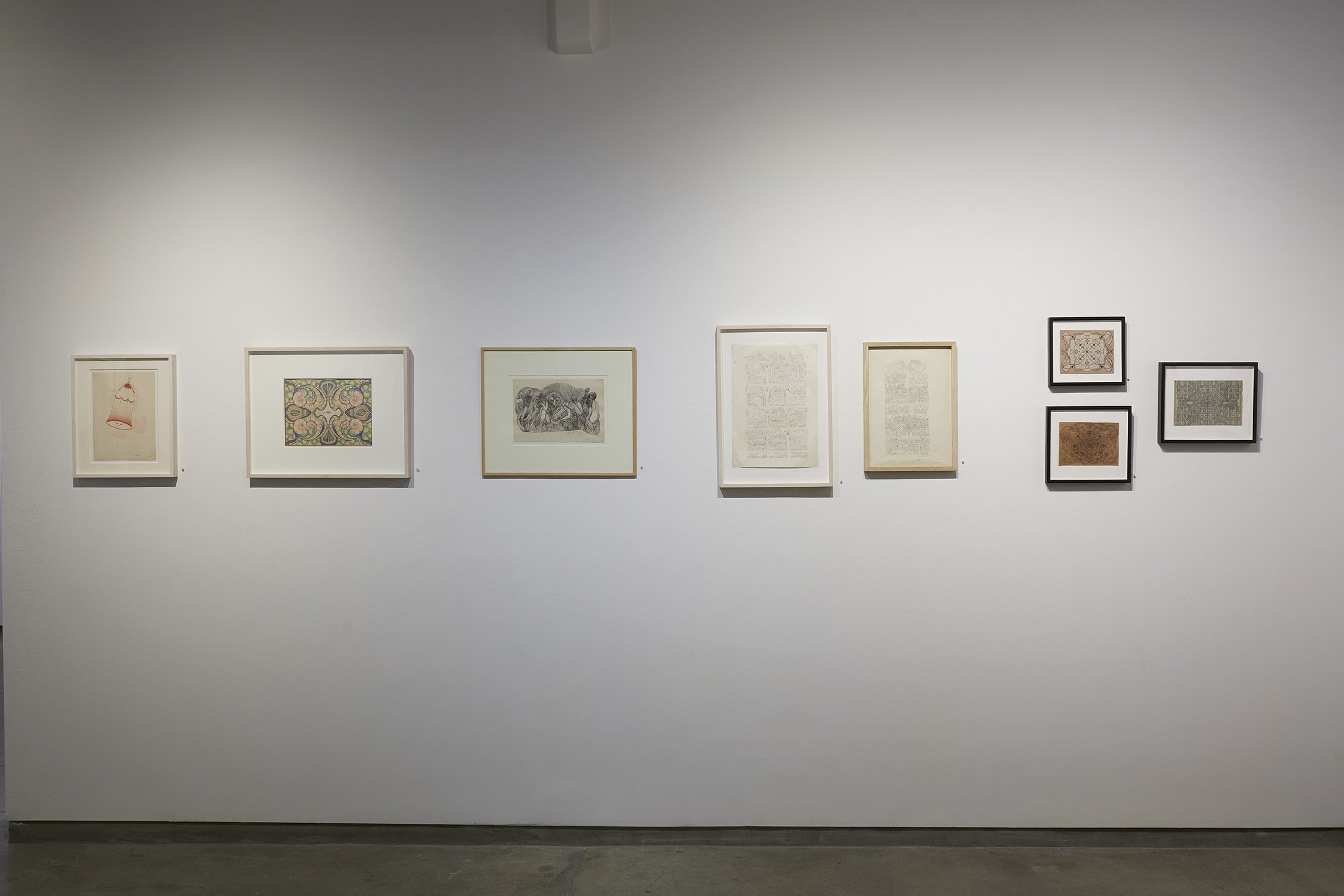
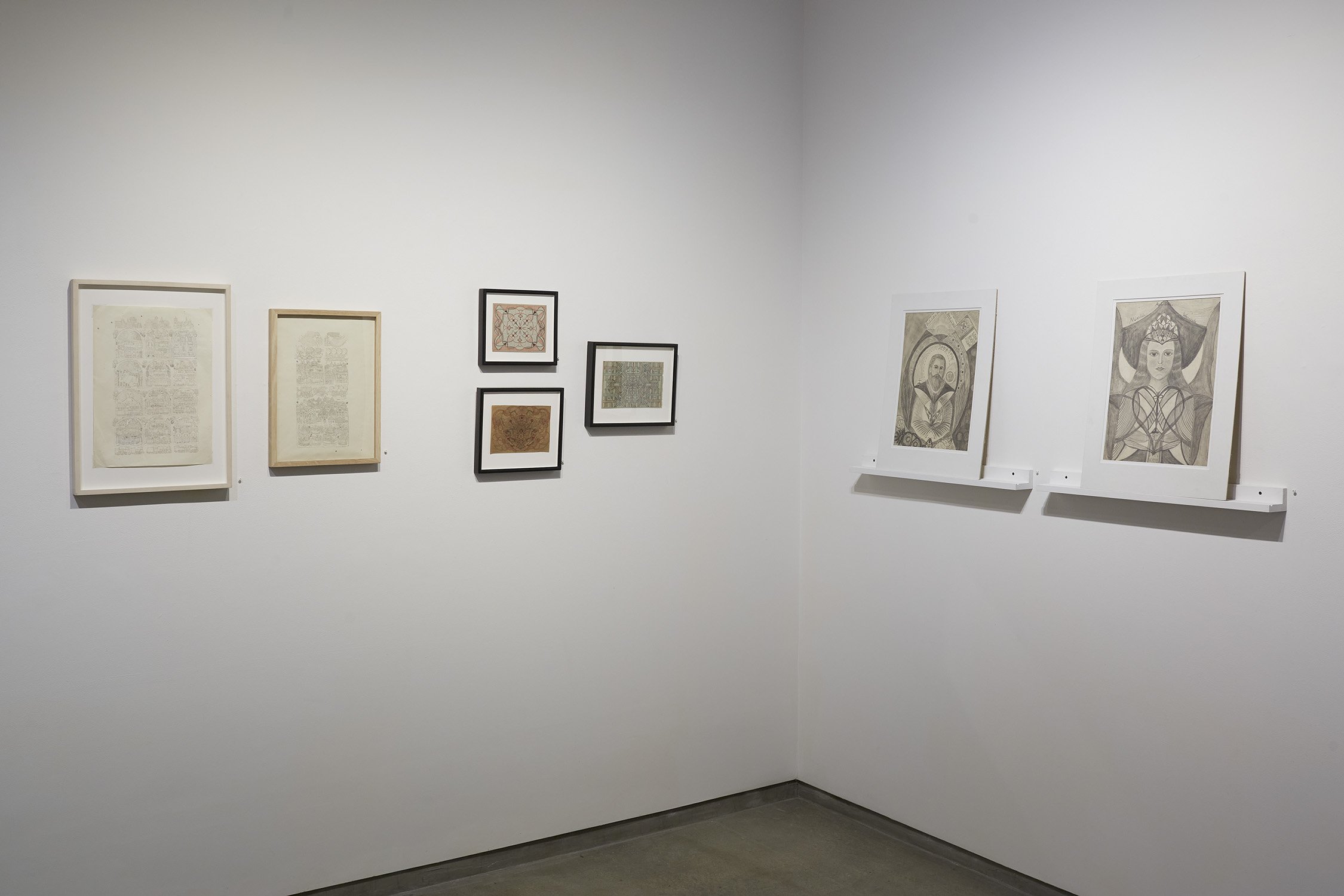
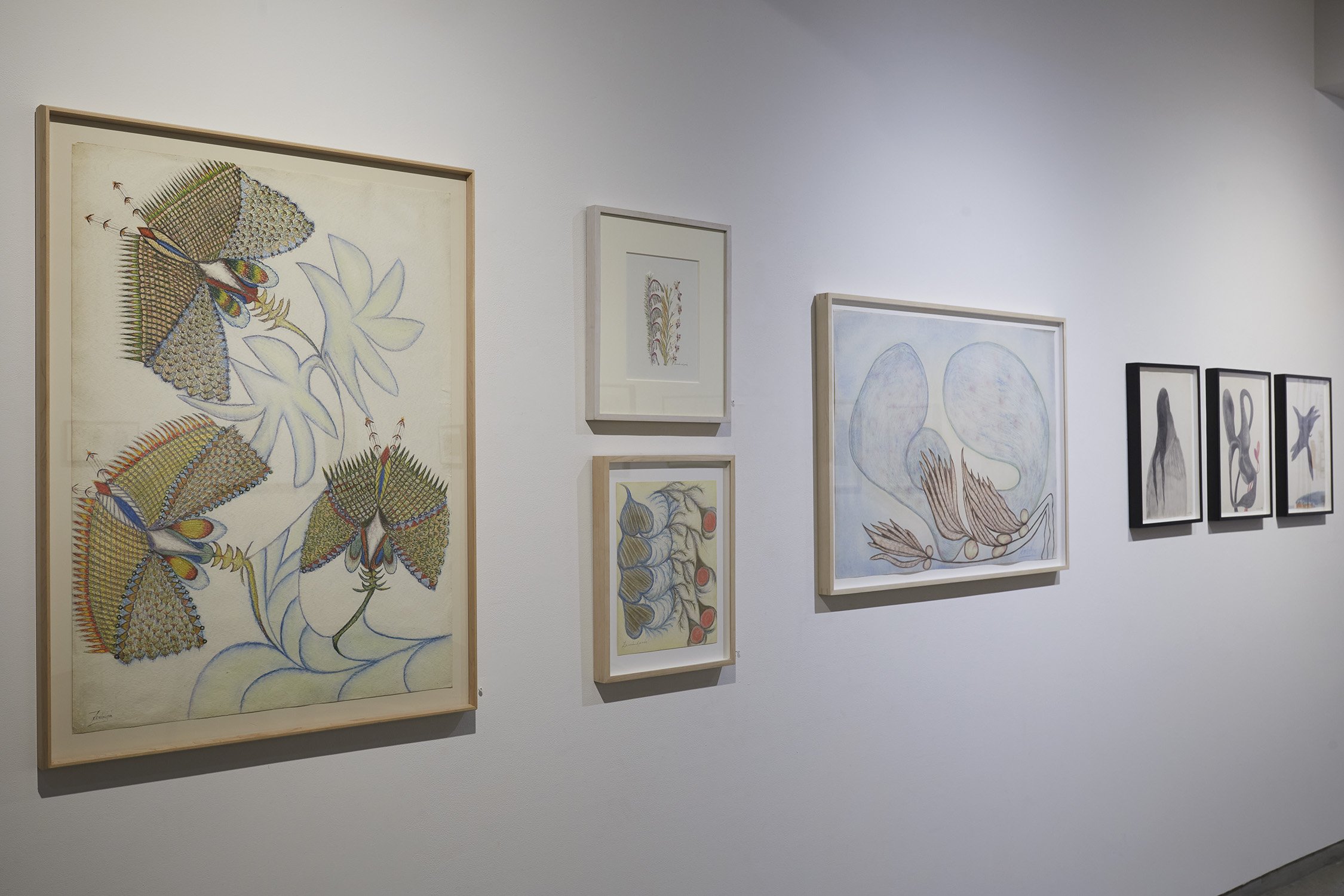
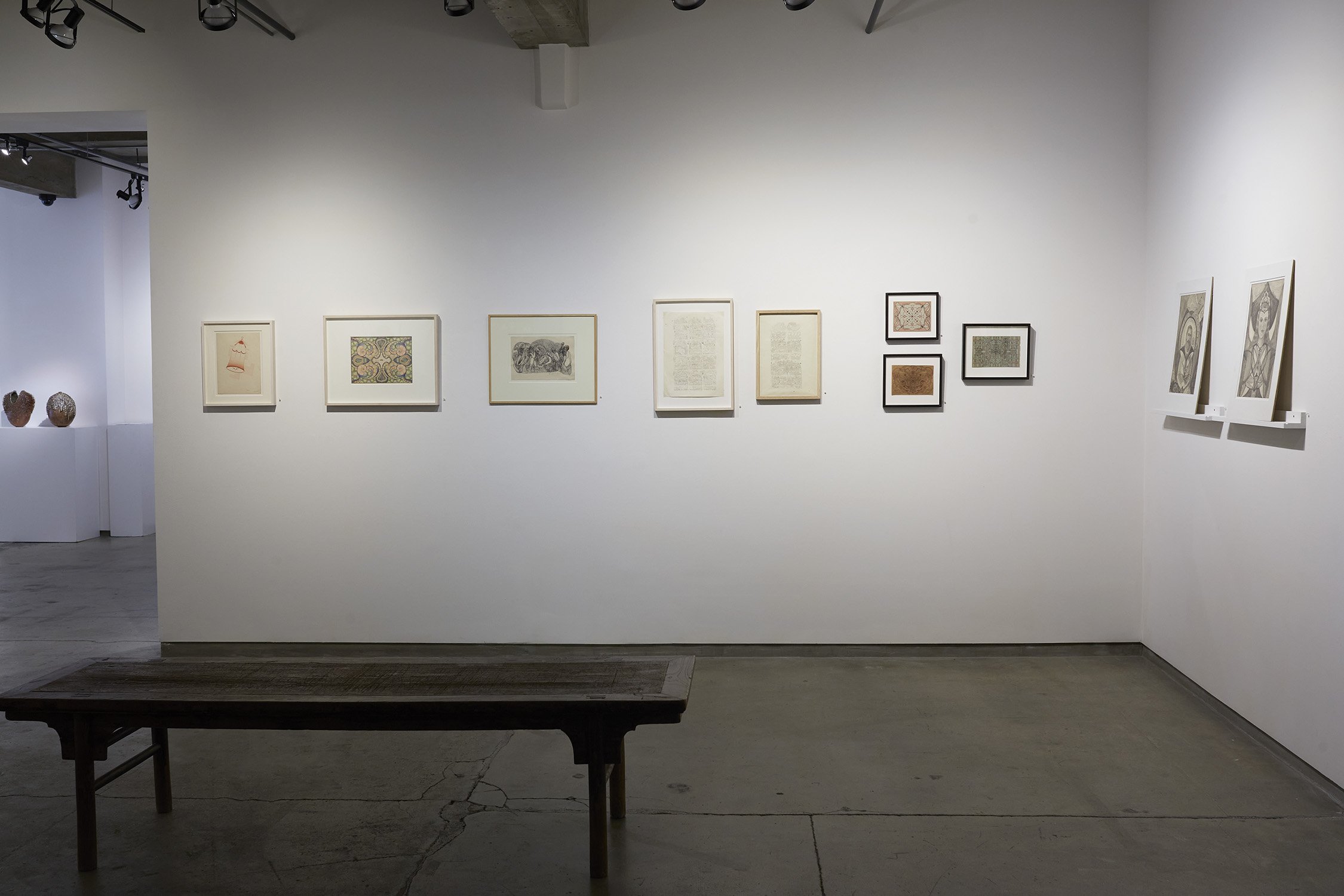
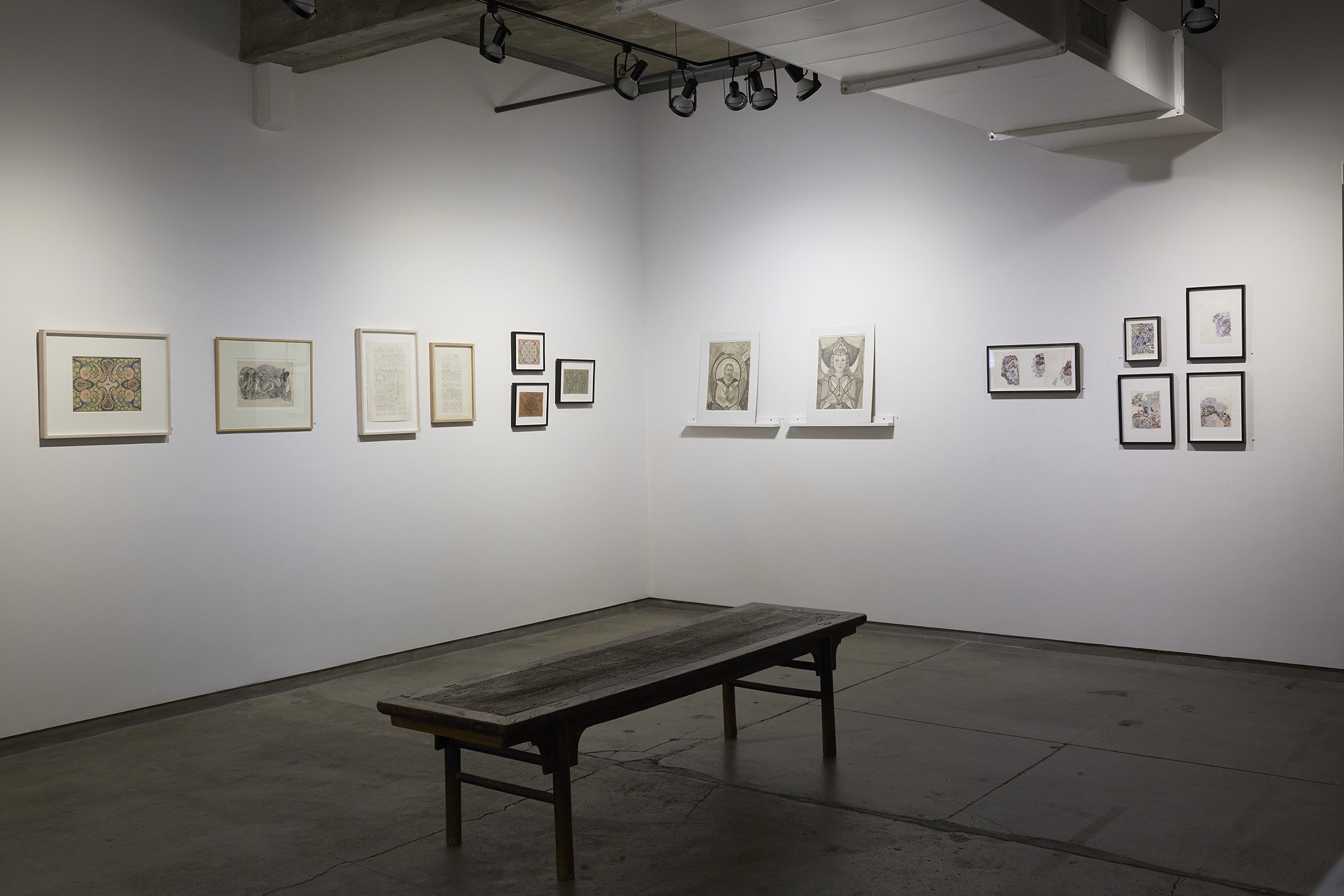
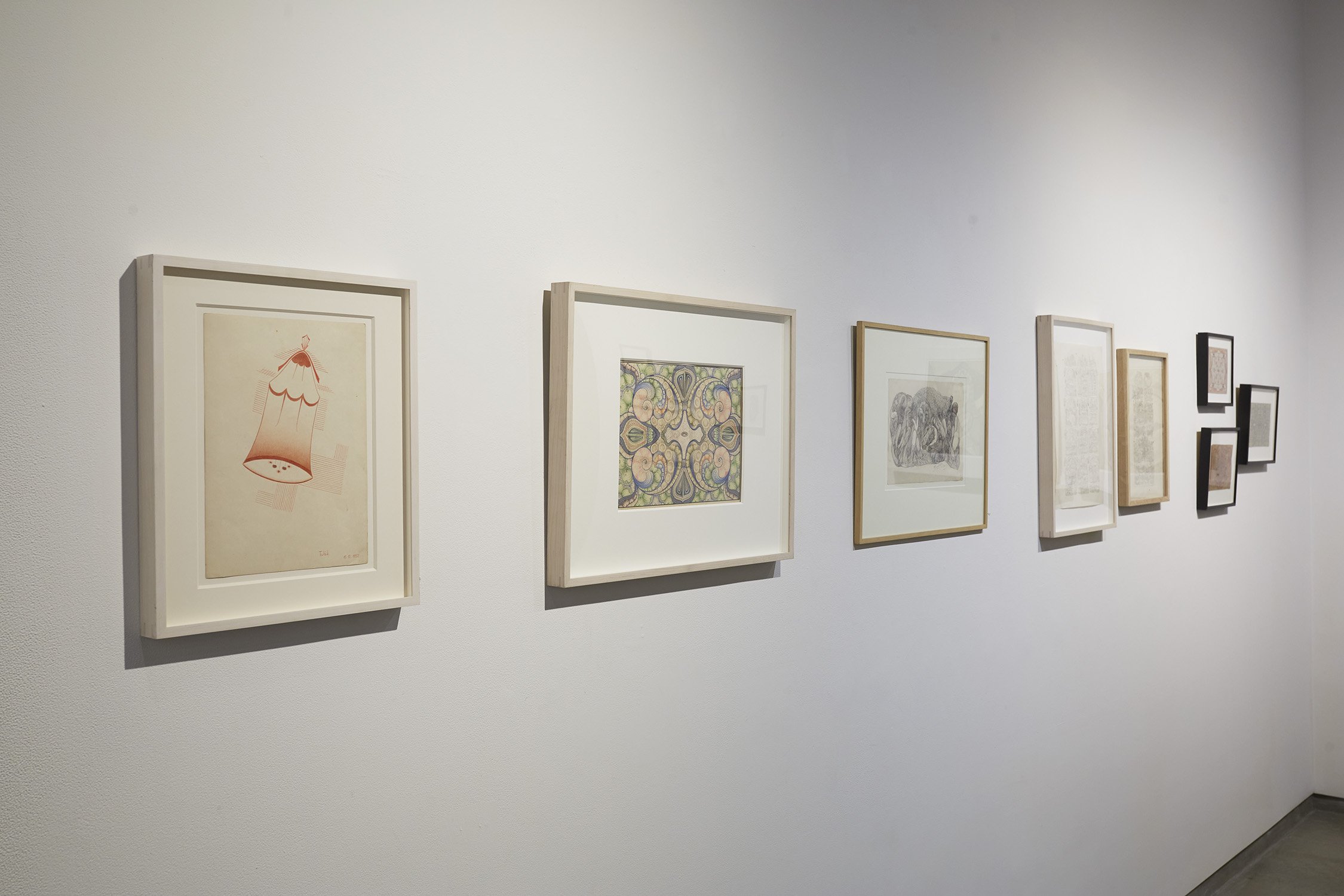
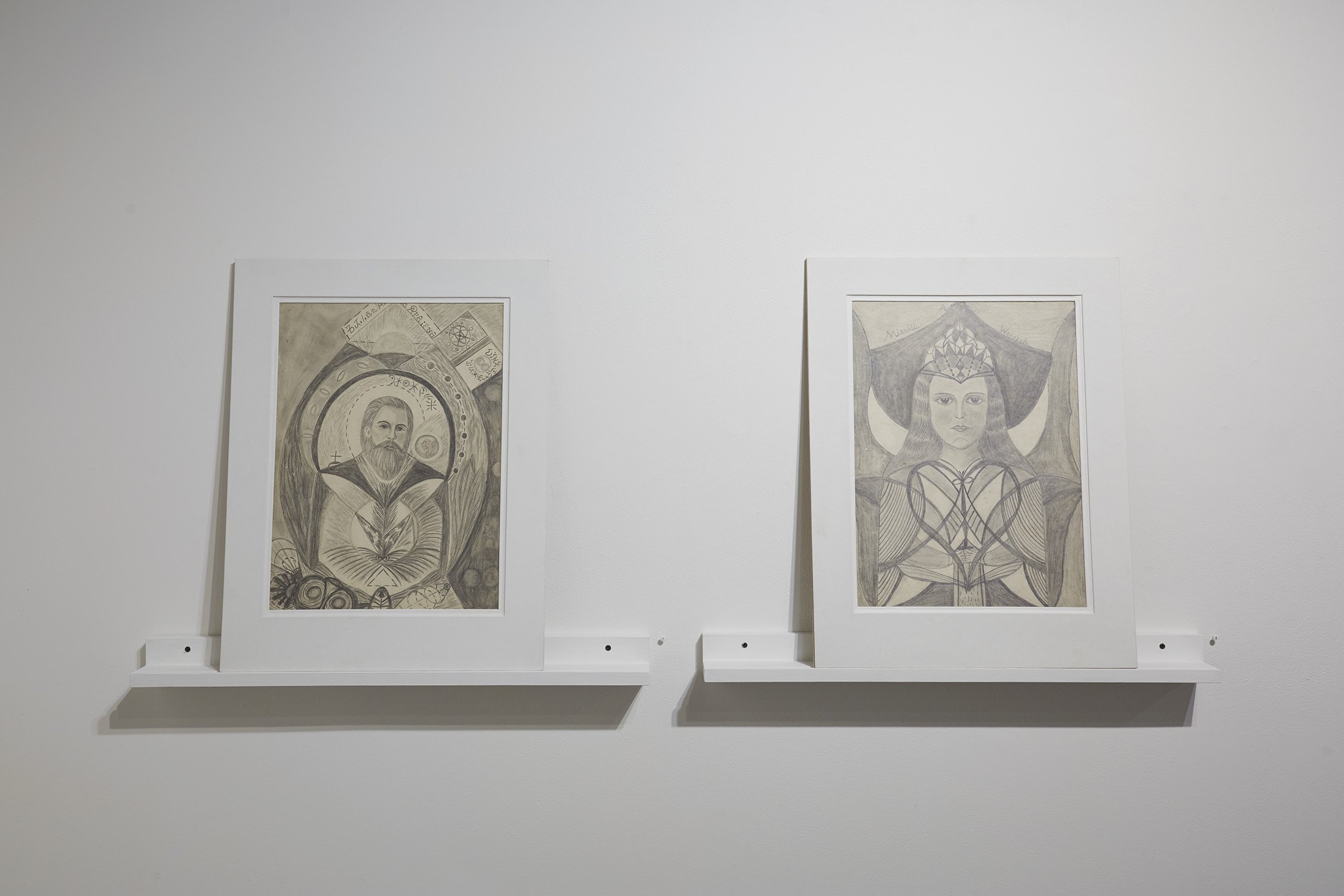
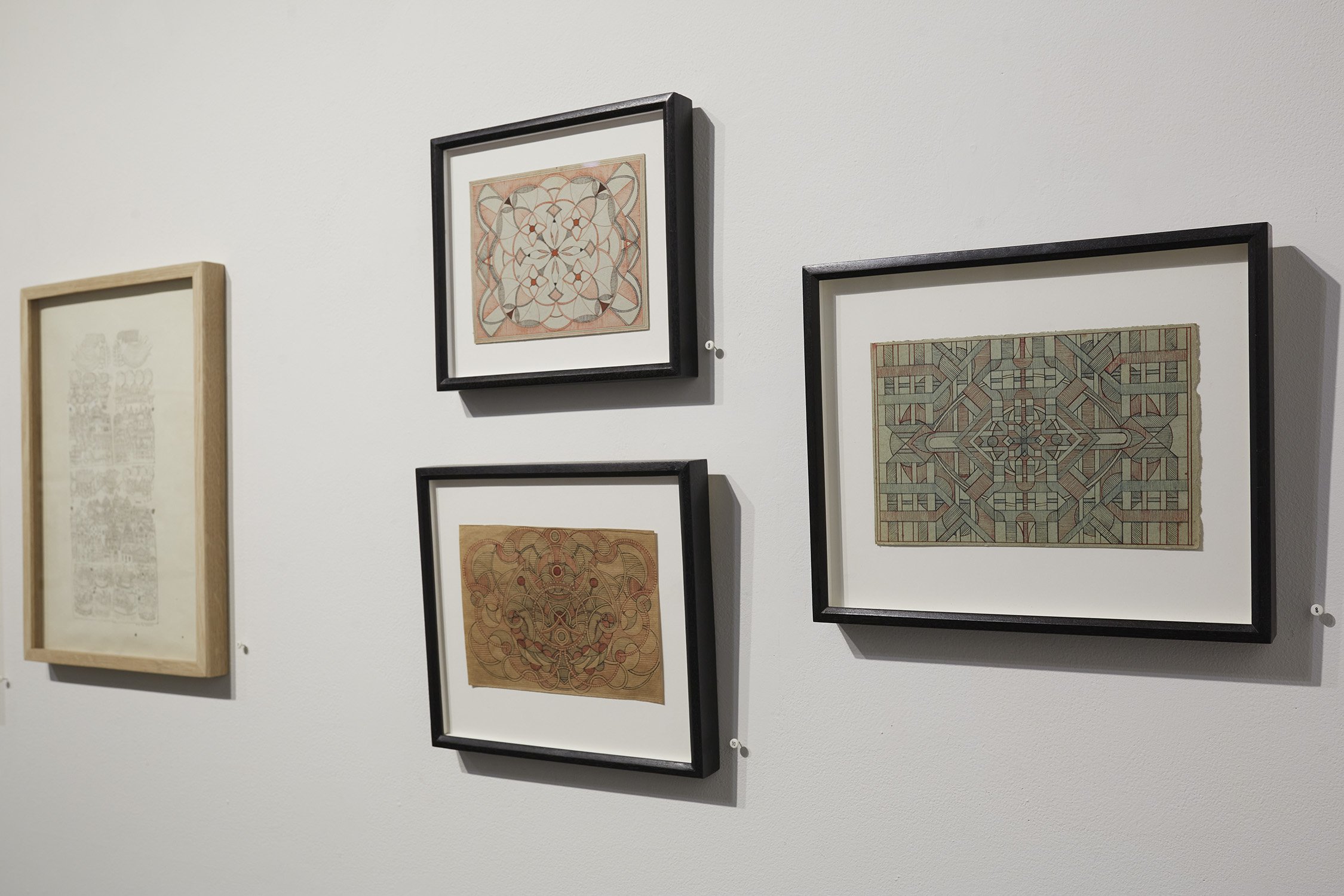
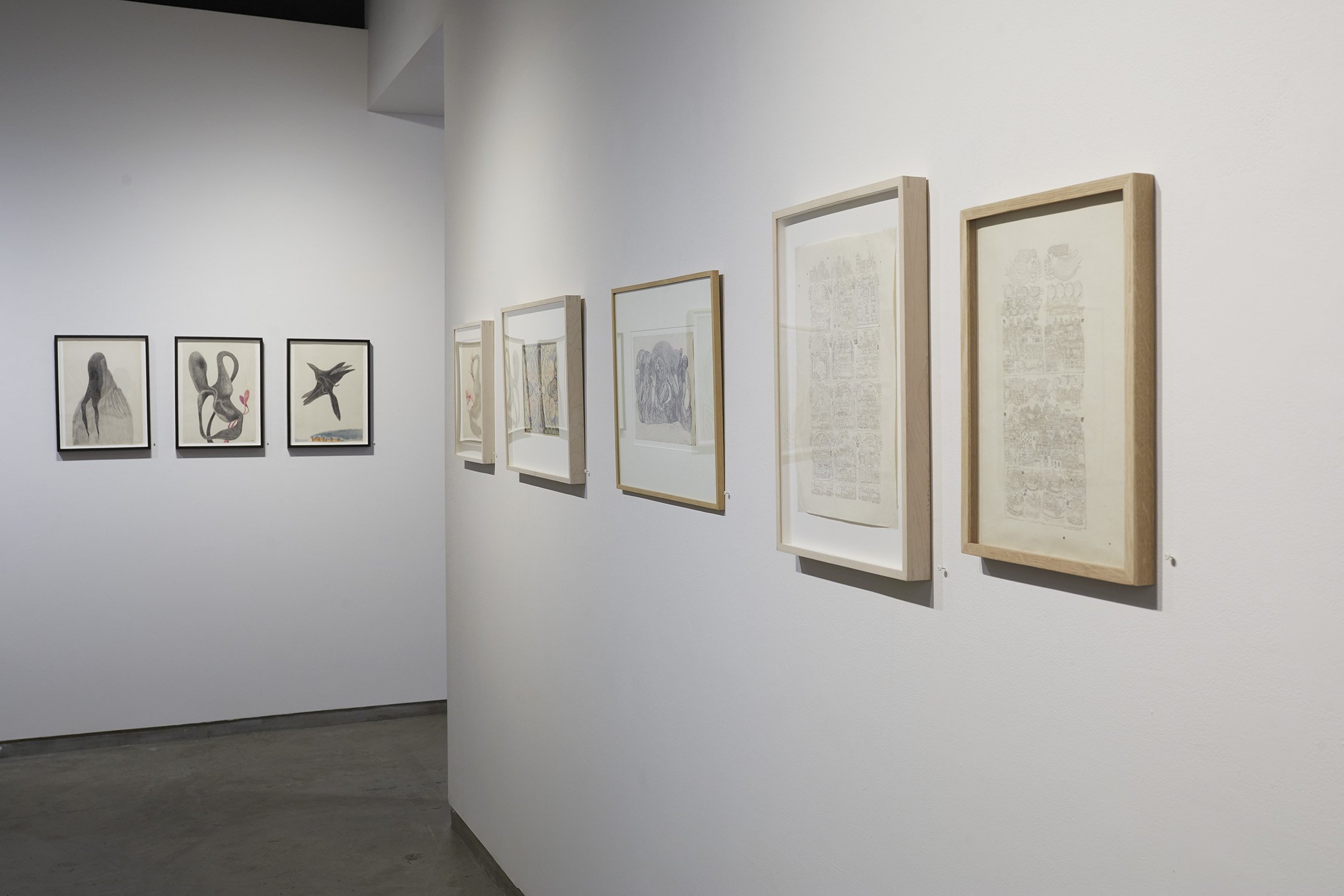
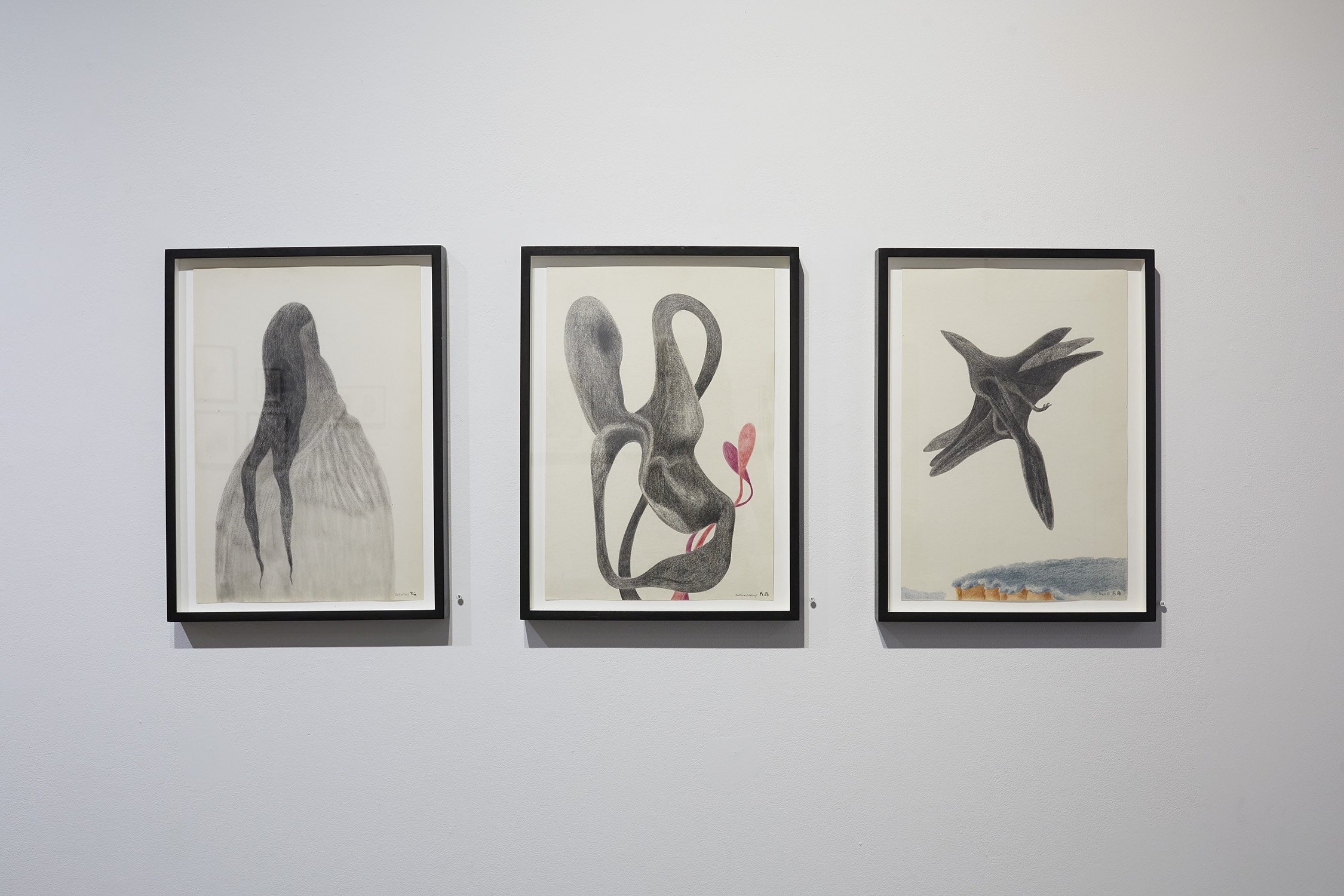
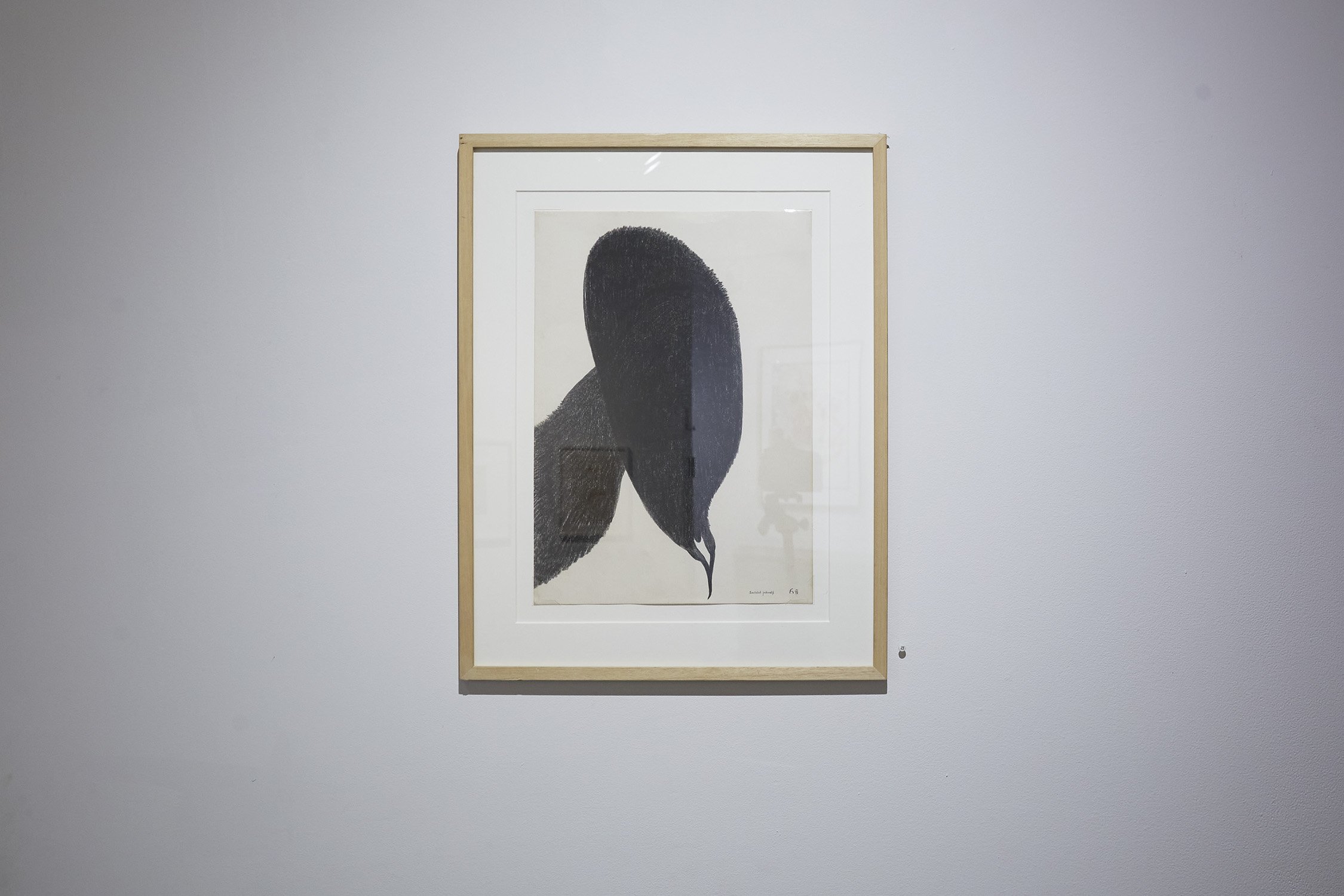
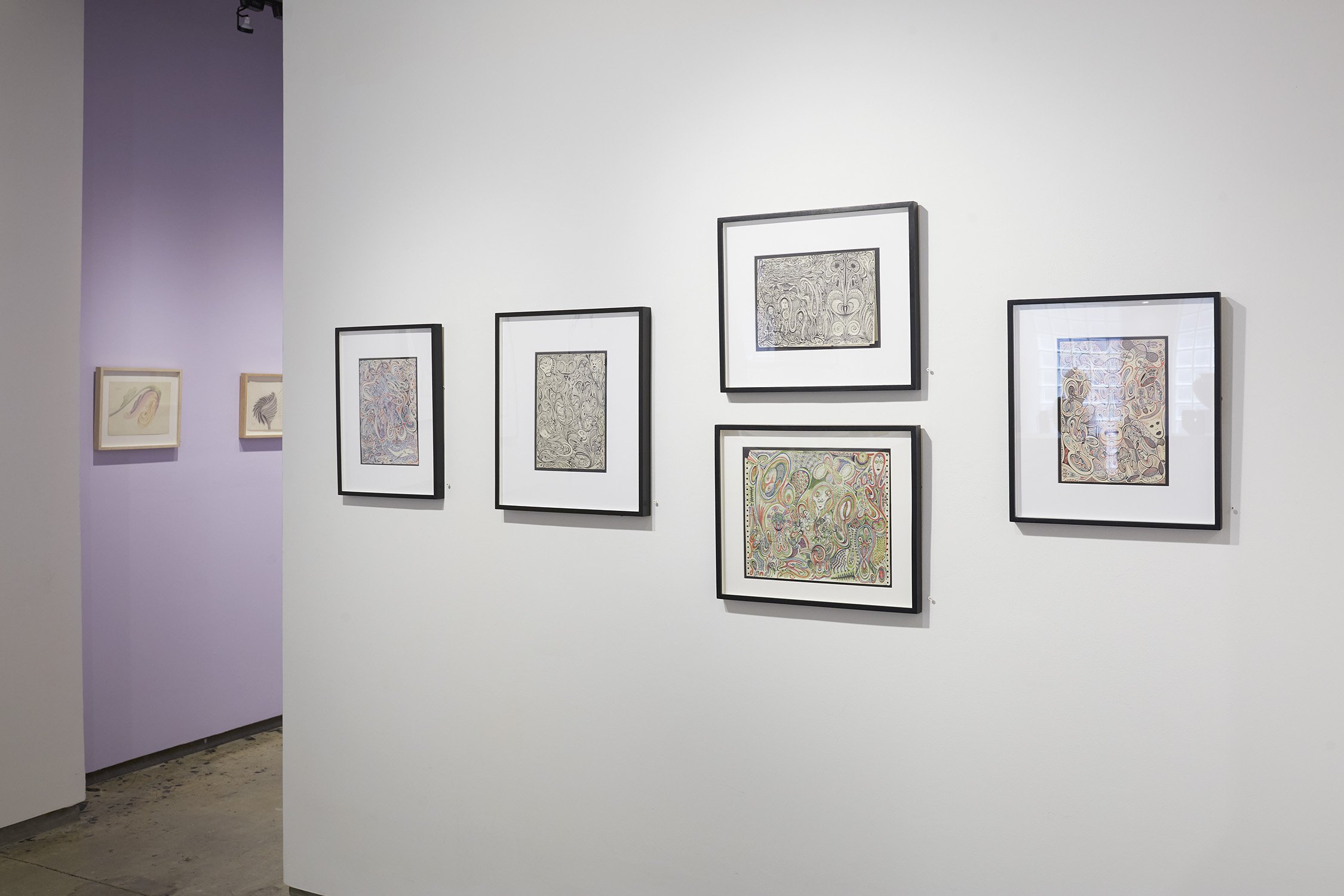
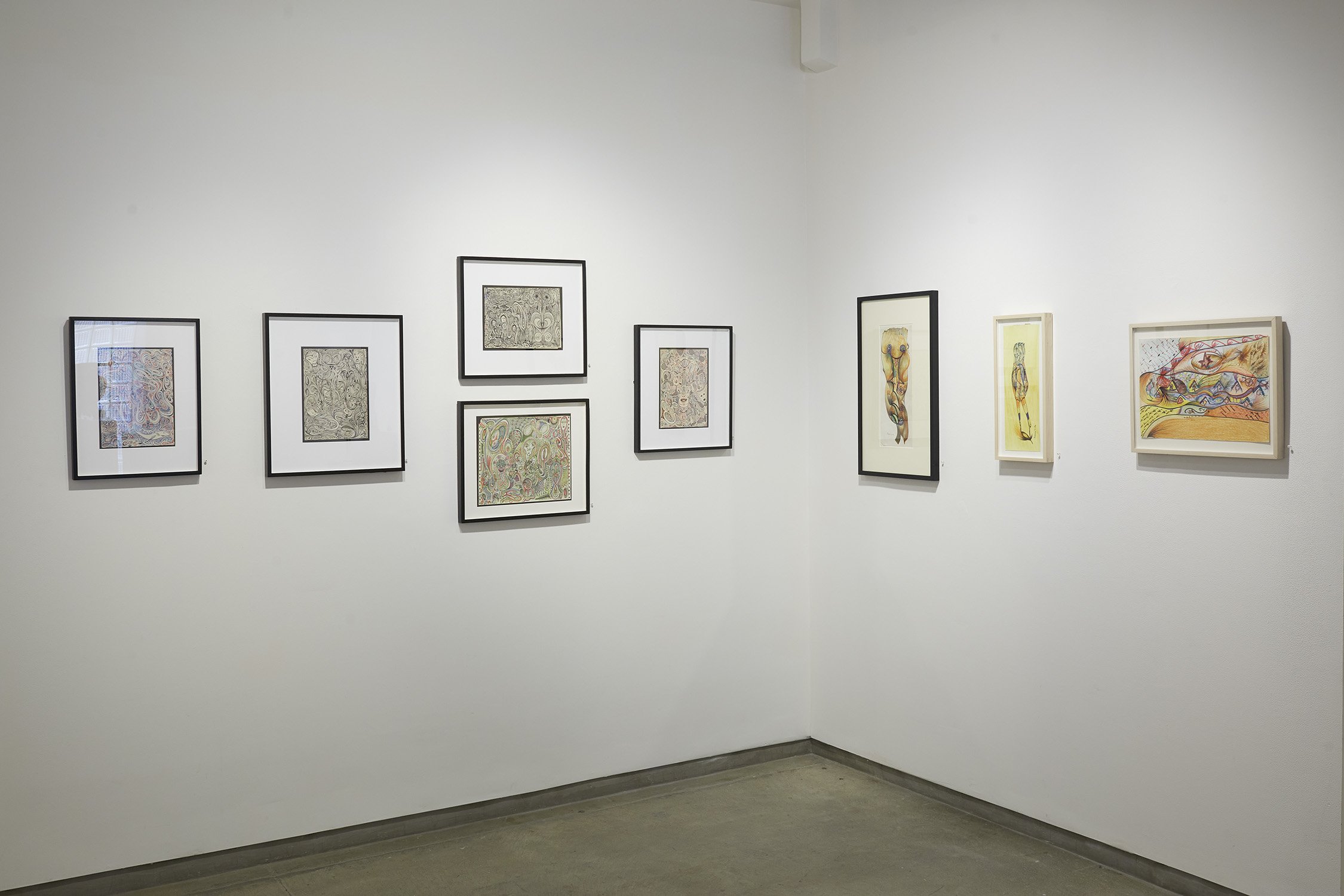
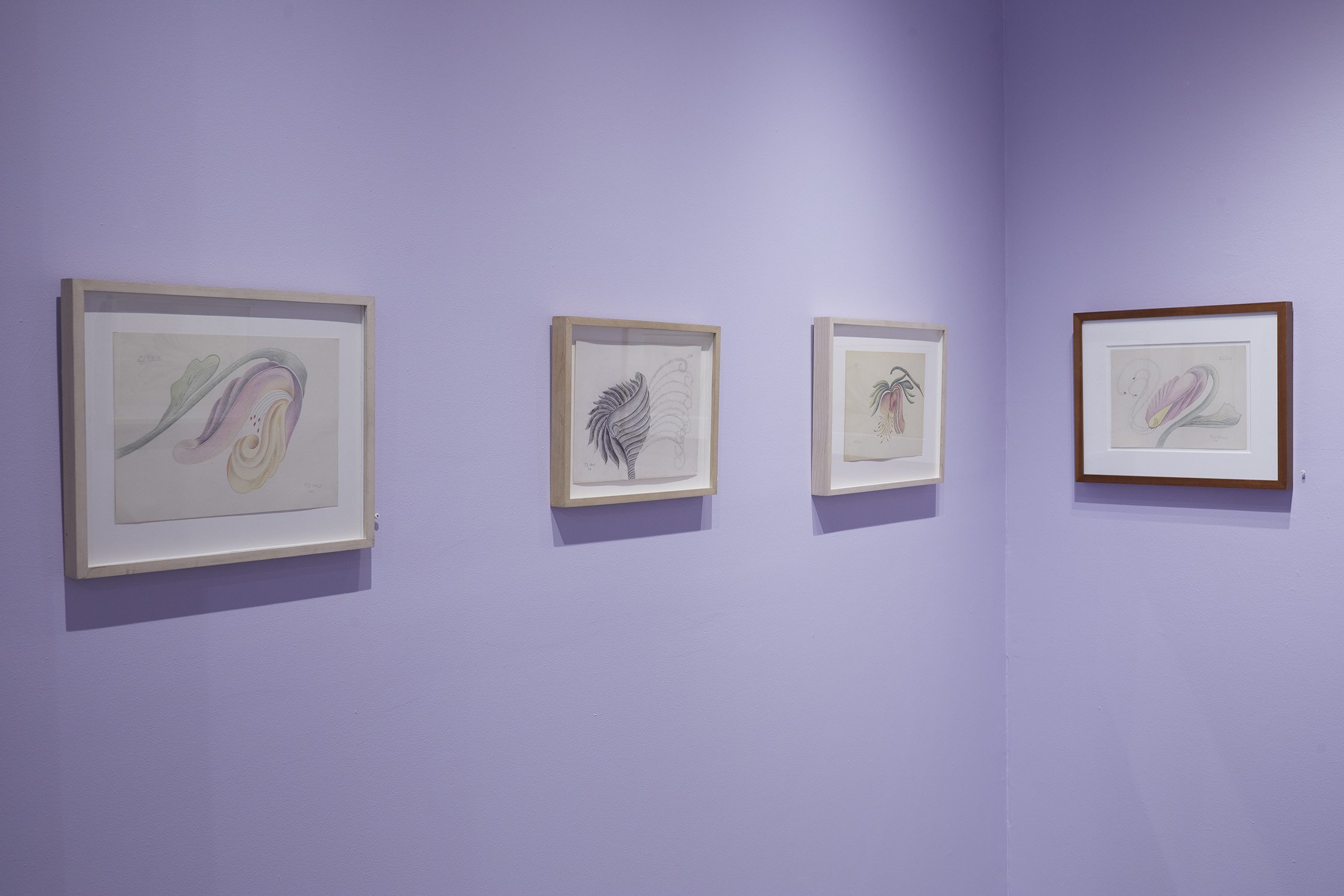
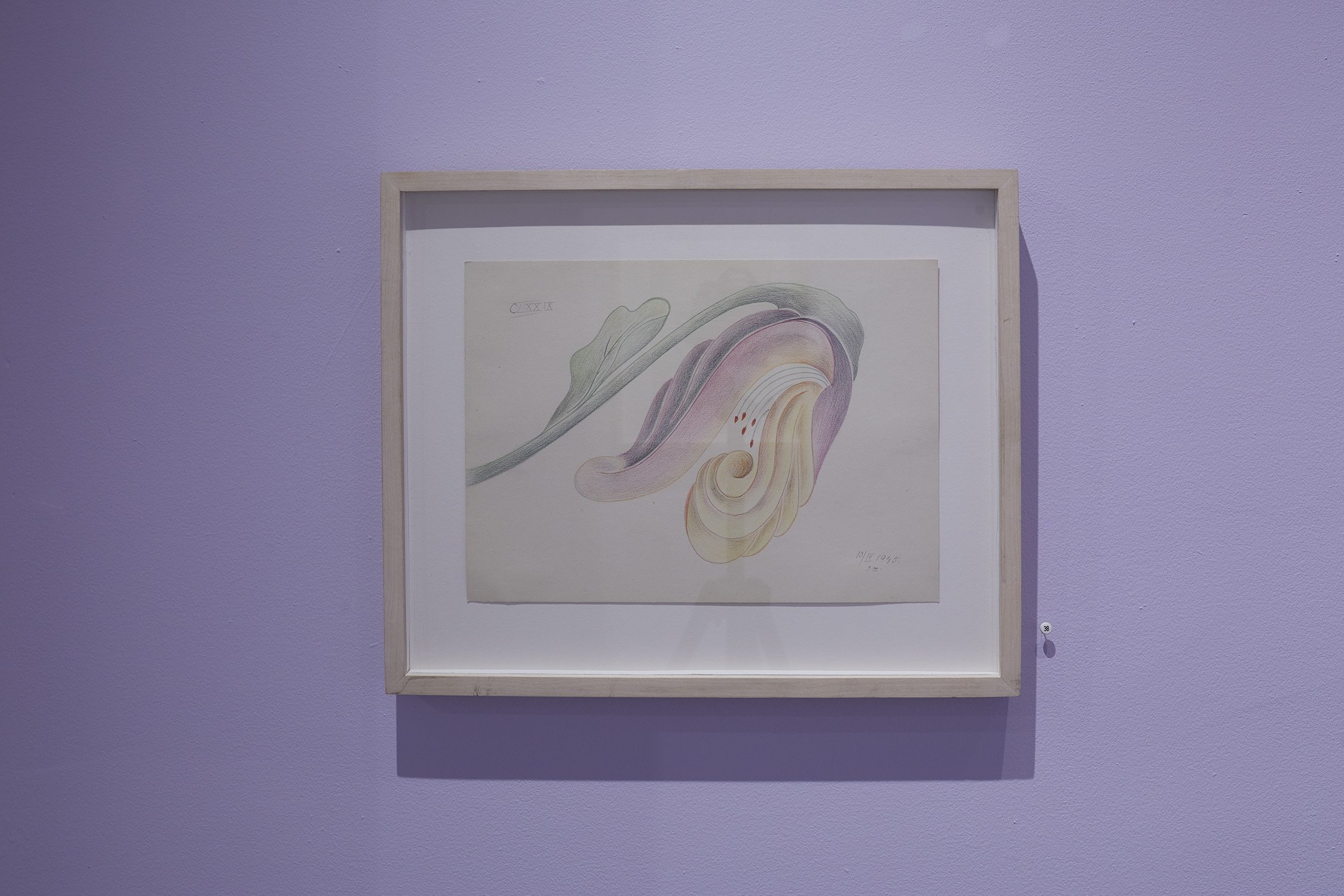

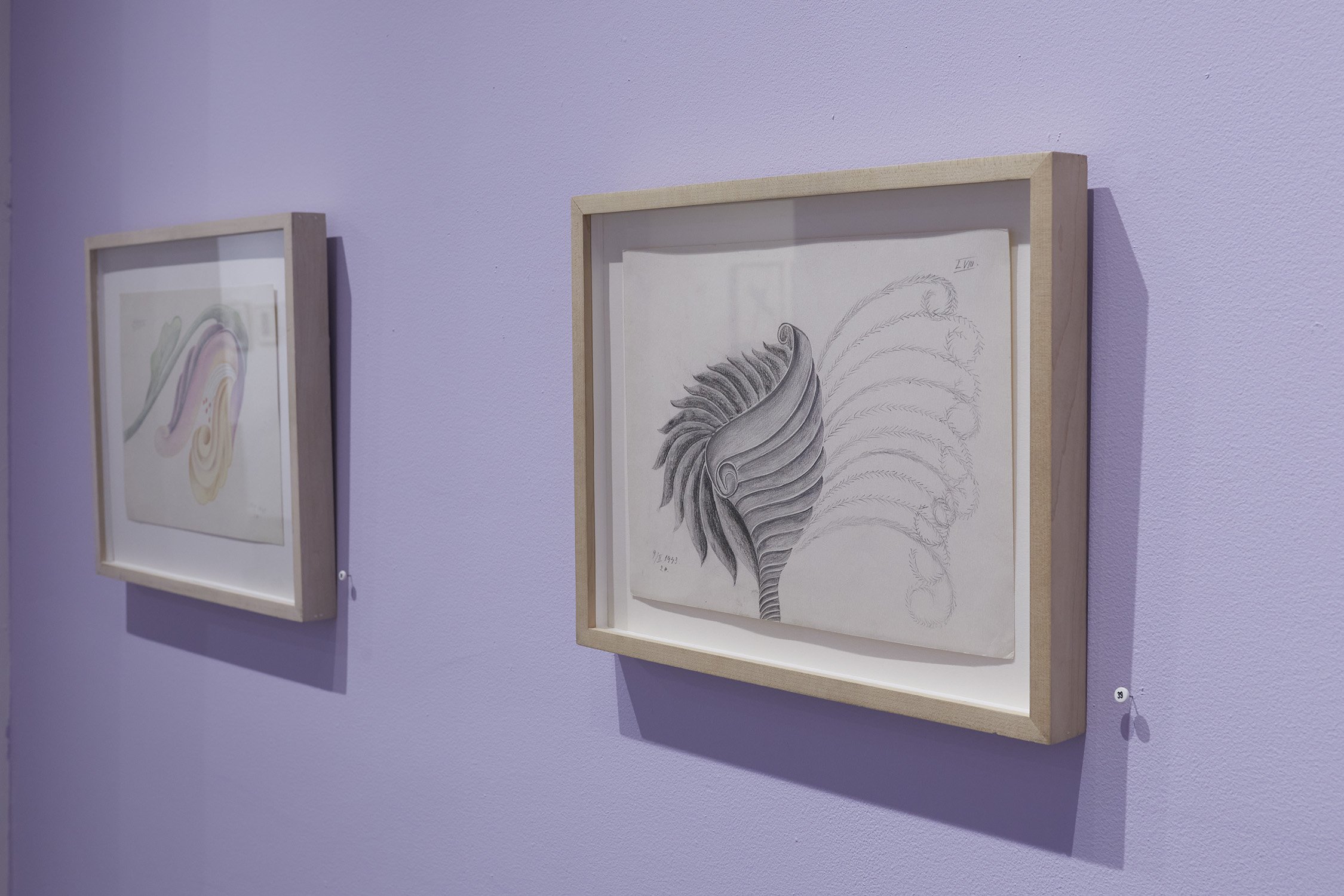
FOUND IN TRANSLATION: ART BRUT FROM THE CZECH REPUBLIC
(May 26 - July 9, 2022)
The impact of the spirits and spiritualism on Czech Art Brut is immense, intertwined with orthodox religion, existential world political struggles and an intimacy with other non-physical parallel planes living tangential to ours. The story of this art is ancient in the Czech Republic. Yet, as scholar Barbara Safarova has said, it was only in the Summer of 1998 that the first and only exhibition of Art Brut took place at Galerie Hlavního Města, Prahy. Why were the Czech people so receptive to the mediumistic phenomenon of the spirit hand taking control not only of the maker’s body, but of their mind as well? The willingness to submit to a force from the other side extended throughout the creative process, from the initial impulse to create the final marks left on the paper. These mediumistic and spiritualist works provoked the aesthetics of the Surrealists, including André Breton who wrote “we should remember that the idea of surrealism is the total recovery of our psychic forces by means, quite simply, of delving deep into ourselves, lighting up all those areas that lie hidden deep and dimming others, a continuing journey through forbidden territory”.
The Spiritualists (using the specific word in its meaning of communication with ancestors) have always had a shifting ground in our field. It was welcomed into Art Brut canon, yes, but only by sacrificing ‘spiritualist’ and replacing that identity with Art Brut, which, at least at its inception focused on the art of the insane. This was notoriously the subject of debate between André Breton and Jean Dubuffet. Breton wanted the Spiritualists to be part of Surrealism without losing their identity as ‘’Spiritualists’. This entire area of art has been a semantic battleground from before the middle of the last century to the present. The confluence of world history, particularly World War II, the rise of Nazism and the subsequent campaign to rid Europe of degenerate art, and the continued powerful influence of the Catholic church demonizing spiritualist and mediumistic practices classifying them as blasphemous, drove most of the creators of these highly personal forms of expression underground until the Communists, who also condemned the practice, exited Prague in 1989.
Our exhibition includes both Art Brut and Spiritualistic works; a very small cross-section of this exciting and important Art Brut phenomenon, with approximately 60 works by seventeen creators ranging from well-known artists including Anna Zemánková and Miroslav Tichý, to artists who have a cult status, including Jaroslav Čevora, Karel Havlíček, Vlasta Kodriková, Zdenek Košek, Josef Kotzian, and Zbynek Semerák, to anonymous makers including the mysterious Le Cheminot, and another anonymous artist who drew channeled, transcendental flower forms during the darkest days of the Second World War. Many have never been shown in the United States before despite the current international interest in Art Brut and Mediumistic works.
For further information please call us at 212-226-3768 or email us at info@cavinmorris.com.






